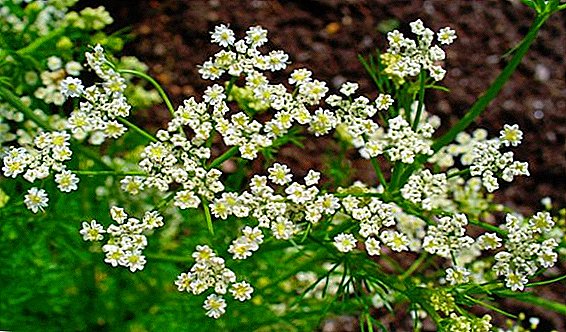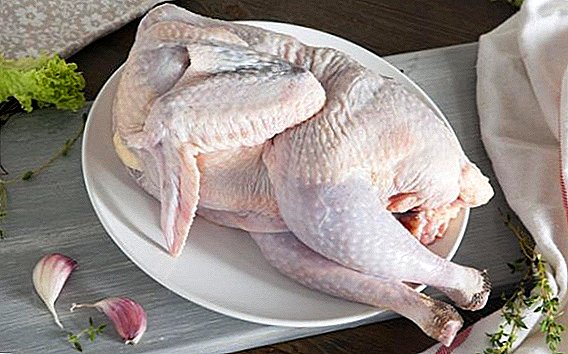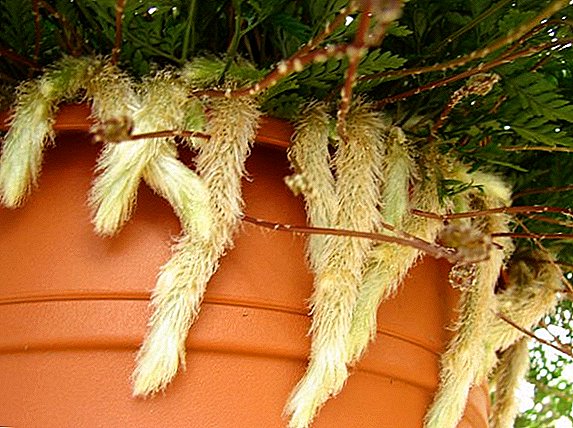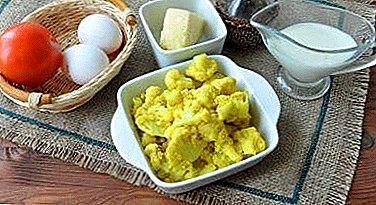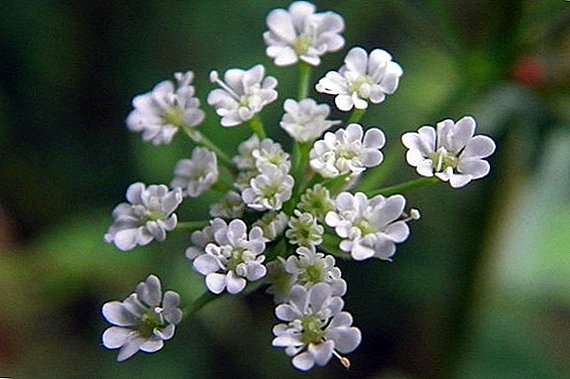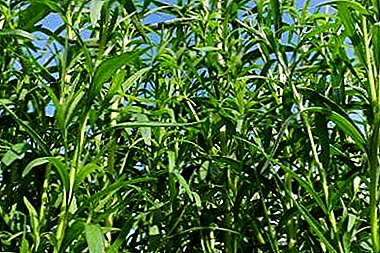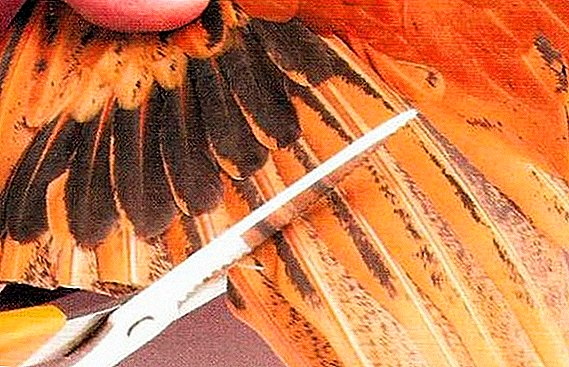 In this article we will talk about two useful skills, without which the poultry farmer can not do. The first one is trimming the wings. Not everyone thinks this procedure is useful, so we will discuss whether it should be done and how to perform it correctly. The second skill will relate to how to determine the laying hens. This is useful in terms of feed economy and productivity of your feathered stock.
In this article we will talk about two useful skills, without which the poultry farmer can not do. The first one is trimming the wings. Not everyone thinks this procedure is useful, so we will discuss whether it should be done and how to perform it correctly. The second skill will relate to how to determine the laying hens. This is useful in terms of feed economy and productivity of your feathered stock.
Wing trimming: pros and cons
Everyone knows that chickens are birds, but for some reason, newcomers to the poultry industry are often confused by the fact that they can fly. And such movements of pets can bring a lot of trouble to the owners. 
After flying, chickens can leave the limits of the chicken coop and as a result:
- harm the plants in the garden, in the front garden;
- cause inconvenience to your neighbors;
- to be in danger: to meet dogs, get on the road, get infected with a virus from other people's pets, etc.
Did you know? The first chickens were domesticated 3 thousand years ago, and this happened on the territory of modern Ethiopia.
To avoid the inconvenience associated with chicken "flights", help timely trimming their wings.
The advantages of this procedure are as follows:
- safety of the bird itself. By limiting the ability of the chickens to fly, you thereby narrow the range of possible troubles, which they could fall into because of their curiosity;
- calm owners If you are sure that your livestock is safe, then there will be no reason to worry.
As for the shortcomings, they will appear in case of violation of the trimming procedure. 
Improper organization of the process is fraught with:
- problems with incubation. Sitting on the eggs, the hen periodically turns it over with a wing in order to warm it evenly from all sides. Too short feathers will not allow her to turn the eggs, which means that the embryos can suffer from the cold;
- reduction of heating area. During the brooding, the chicken seems to "spread out" in the nest, trying to warm up more eggs with its mass. Spread wings help her in this, and the shorter they are, the lower their effectiveness;
- stress for birds. For chickens, it is customary to spend the night on poles or in nests located at a low (1-1.5 m) height. If during trimming feathers overdo it, then the birds will not even be able to get to the place of night;
- problems with molting. Every year the chickens get rid of some of the old feathers, and new ones appear in their place. After pruning, the renewal process slows down and becomes difficult, sometimes the owners personally have to pluck the birds to make room for new plumage.
To keep your nerves calm, and cutting the wings without harming your pets, let's look at the intricacies of this process. 
Wing trimming process
The procedure does not take much time, if you prepare in advance for the case.
Important! Only primary feathers are subject to circumcision: the first ten wings that grow in the upper part of the wing and differ from the others in length.
Prepare before pruning:
- take the necessary tool: big scissors, pruner;
- if you do the procedure for the first time, it is better to find an assistant for this business. It is much more convenient when one person holds a bird, and the second one cuts its wings;
- try to collect all the birds in the pen or hen house - in a small area it is much easier to catch chickens;
- put some grain in the feeder: the living creature will be busy with food, and you will quietly overfill it;
- if a bird in its arms is too fluttering, nervous, does not allow it to take its wing normally, then cover its head with dark matter: not seeing what is happening around, the chicken will calm down;
- light strokes and affectionate handling will also help the bird to calm down;
- if possible, after the procedure, send the chickens to another pen or let them out into the yard, so as not to be confused with those that have not yet been trimmed.

So, if the chickens are already in the aviary, the tool is sharpened, the place for the haircut is chosen, then proceed:
- We catch one bird from the herd.
- Firmly fix it. To do this, stroking the hen, we squat and gently squeeze her legs with hips. With one hand, hold her body at the chest, trying to keep one wing free, and the other one folded.
- Spread the free wing to see the feathers.
- Now carefully trim the 5 cm pen from the end.
- After turning over the bird and repeat the procedure on the other side.
Important! Consider carefully the length of the cut feathers: if you cut off more than what is supposed to be, then there is a chance that the air tubes and blood vessels in the bird will be damaged.
Some birds react too vigorously to catching, holding, no tricks help them calm down. In such cases, it is enough to trim one wing and release the chicken. It will not be able to take off anymore, it will “overwhelm” to the side, but at the same time the view will become slightly untidy. 
Cropping wings in chickens. Video
How is cutting feathers in poultry, clearly shown in the video:
Methods for determining carrier chicken
Many poultry farmers get chickens just to get eggs. Egg production is a property characteristic of young individuals, and the hens are older, the less they delight their owners.
Such egg hen as the brahma, legbar, moravian black, white leggorn, pushkin, hamburg, high-line, and new hampshire differ in high egg production.
Therefore, it is important to be able to determine the age of birds in order to know which representatives of the herd are already too old for this business.
Also, this useful skill is useful to you during the purchase of young animals, because often tricky sellers together with matured chickens sell and old birds of small size.
Did you know? To carry an egg, a chicken needs light. Even if the egg is ripe at night, the hen still waits for the dawn or the lamp is turned on, before getting to it.
Experienced breeders are able to fairly accurately determine the age of individuals after their inspection. They are guided by several criteria. 
Abdominal features
First of all, pay attention to the bird's belly, gently feel it. With age, chickens are becoming more lazy, less moving, so they form significant fat reserves, hardening with time.
If under the fingers there is a dense fabric, it means that the bird is old. A young chicken has an elastic, soft belly, and the bird itself will actively run, move.
Coloring comb and mocks
Another sign of a young age in hens is the bright red color of the comb and the earlobes. To the touch, these parts are warm, because young animals have a more active blood supply. Older birds have a scallop with pale lobes, dull, if touched, they will be cold.
Important! But some breeds are an exception to this rule, so it is better to start with the characteristics of the species, and then evaluate it.
Weight
This is a very relative criterion, it depends on the breed of chickens. Traditionally it is believed that young, active individuals weigh less than older, less mobile specimens. 
Beak and feet
A reliable way to check the age of chickens will be an inspection of their paws and beak. In young birds, they are light, slightly yellowish in color. Whereas in older individuals, the stratum corneum is dimmer, it already has a grayish tint.
Another difference is in the texture, shape of the paws:
- growths, natoptysh, expressive pattern of scales, the presence of cracks on the sole distinguishes the old birds;
- in young specimens, the legs are delicate, smooth, have an even color.
Plumage
Chicken feathers speak best about the age of their wearer during the molting period, but also pay attention to it outside of this period:
- clean, smooth, sparkling in the sun feathers belong to young birds. If you lift the upper layer, then you can see a soft fluff on the skin;
- in older chickens, feathers are rather coarse, uneven in color, dull.
How to determine which chicken is rushing. Video
How to determine the age of laying birds with a specific example, you can look at the video:
We hope that now your pets will not cause any inconvenience with their flights, and you will also be able to easily determine which of the chickens has not lost its layers.


